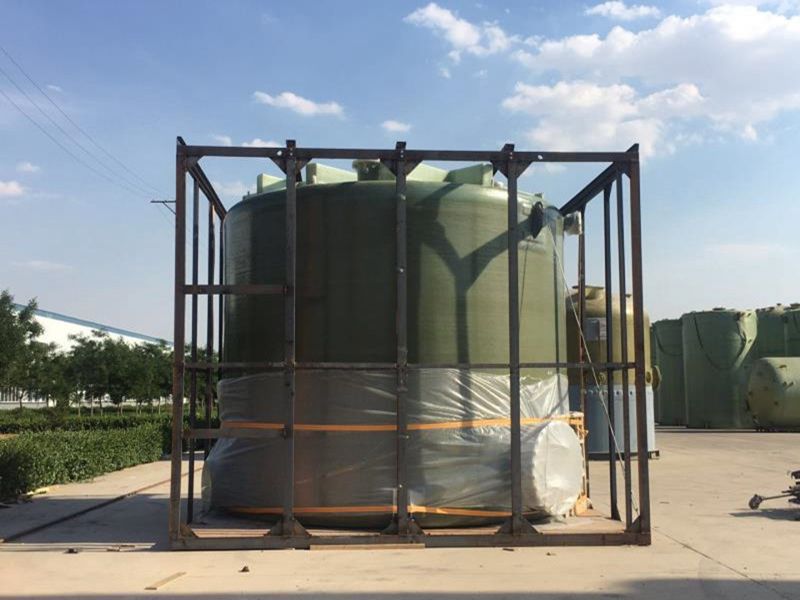
-
 Afrikaans
Afrikaans -
 Albanian
Albanian -
 Amharic
Amharic -
 Arabic
Arabic -
 Armenian
Armenian -
 Azerbaijani
Azerbaijani -
 Basque
Basque -
 Belarusian
Belarusian -
 Bengali
Bengali -
 Bosnian
Bosnian -
 Bulgarian
Bulgarian -
 Catalan
Catalan -
 Cebuano
Cebuano -
 China
China -
 China (Taiwan)
China (Taiwan) -
 Corsican
Corsican -
 Croatian
Croatian -
 Czech
Czech -
 Danish
Danish -
 Dutch
Dutch -
 English
English -
 Esperanto
Esperanto -
 Estonian
Estonian -
 Finnish
Finnish -
 French
French -
 Frisian
Frisian -
 Galician
Galician -
 Georgian
Georgian -
 German
German -
 Greek
Greek -
 Gujarati
Gujarati -
 Haitian Creole
Haitian Creole -
 hausa
hausa -
 hawaiian
hawaiian -
 Hebrew
Hebrew -
 Hindi
Hindi -
 Miao
Miao -
 Hungarian
Hungarian -
 Icelandic
Icelandic -
 igbo
igbo -
 Indonesian
Indonesian -
 irish
irish -
 Italian
Italian -
 Japanese
Japanese -
 Javanese
Javanese -
 Kannada
Kannada -
 kazakh
kazakh -
 Khmer
Khmer -
 Rwandese
Rwandese -
 Korean
Korean -
 Kurdish
Kurdish -
 Kyrgyz
Kyrgyz -
 Lao
Lao -
 Latin
Latin -
 Latvian
Latvian -
 Lithuanian
Lithuanian -
 Luxembourgish
Luxembourgish -
 Macedonian
Macedonian -
 Malgashi
Malgashi -
 Malay
Malay -
 Malayalam
Malayalam -
 Maltese
Maltese -
 Maori
Maori -
 Marathi
Marathi -
 Mongolian
Mongolian -
 Myanmar
Myanmar -
 Nepali
Nepali -
 Norwegian
Norwegian -
 Norwegian
Norwegian -
 Occitan
Occitan -
 Pashto
Pashto -
 Persian
Persian -
 Polish
Polish -
 Portuguese
Portuguese -
 Punjabi
Punjabi -
 Romanian
Romanian -
 Russian
Russian -
 Samoan
Samoan -
 Scottish Gaelic
Scottish Gaelic -
 Serbian
Serbian -
 Sesotho
Sesotho -
 Shona
Shona -
 Sindhi
Sindhi -
 Sinhala
Sinhala -
 Slovak
Slovak -
 Slovenian
Slovenian -
 Somali
Somali -
 Spanish
Spanish -
 Sundanese
Sundanese -
 Swahili
Swahili -
 Swedish
Swedish -
 Tagalog
Tagalog -
 Tajik
Tajik -
 Tamil
Tamil -
 Tatar
Tatar -
 Telugu
Telugu -
 Thai
Thai -
 Turkish
Turkish -
 Turkmen
Turkmen -
 Ukrainian
Ukrainian -
 Urdu
Urdu -
 Uighur
Uighur -
 Uzbek
Uzbek -
 Vietnamese
Vietnamese -
 Welsh
Welsh -
 Bantu
Bantu -
 Yiddish
Yiddish -
 Yoruba
Yoruba -
 Zulu
Zulu
1. frp flange blind
Understanding FRP Flange Blind A Comprehensive Overview
FRP (Fiberglass Reinforced Plastic) flange blinds are vital components in various industrial applications where resistance to corrosion, lightweight properties, and high strength are essential. These flanges serve as a means to seal off a pipeline or a vessel entry point, thereby providing safety and efficiency in operations. The use of FRP materials in flange blinds comes with a multitude of benefits that make them increasingly popular in modern industries.
Understanding FRP Flange Blind A Comprehensive Overview
Additionally, FRP flange blinds are significantly lighter than their metal counterparts. This lightweight nature not only eases installation and handling but also reduces the overall load on pipelines and structures. In situations where weight is a critical factor, such as on offshore platforms or in aerospace applications, the implementation of FRP components can lead to substantial operational efficiencies.
1. frp flange blind

The mechanical properties of FRP, including strength and flexibility, contribute to its effectiveness as a sealing solution. The material can withstand significant pressure, making it suitable for high-stress environments. Moreover, FRP flange blinds can be tailored to meet specific operational requirements, including customization in dimensions, thickness, and resistance ratings, ensuring optimal performance for unique applications.
In terms of design and installation, FRP flange blinds are user-friendly. They can be manufactured in various standard sizes to fit existing pipelines and equipment seamlessly. The installation process is simplified by their lightweight structure, which allows for easier handling and reduces the need for heavy lifting equipment. Furthermore, the reliability of FRP means that once installed, the likelihood of requiring frequent maintenance or replacement is significantly reduced.
Looking ahead, the market for FRP flange blinds is expected to expand as industries continue to focus on sustainability and cost-effectiveness. As technology advances, production methods for FRP materials are becoming more efficient, leading to lower costs and wider accessibility. This trend signals a promising future for FRP applications across numerous sectors.
In summary, the FRP flange blind is an innovative solution to many of the challenges faced in industrial applications. Its corrosion resistance, lightweight nature, and customizability make it a favored choice among engineers and operators looking to enhance safety and performance in their systems. As industries increasingly seek resilient and efficient materials, FRP flange blinds will undoubtedly play a pivotal role in future developments.









